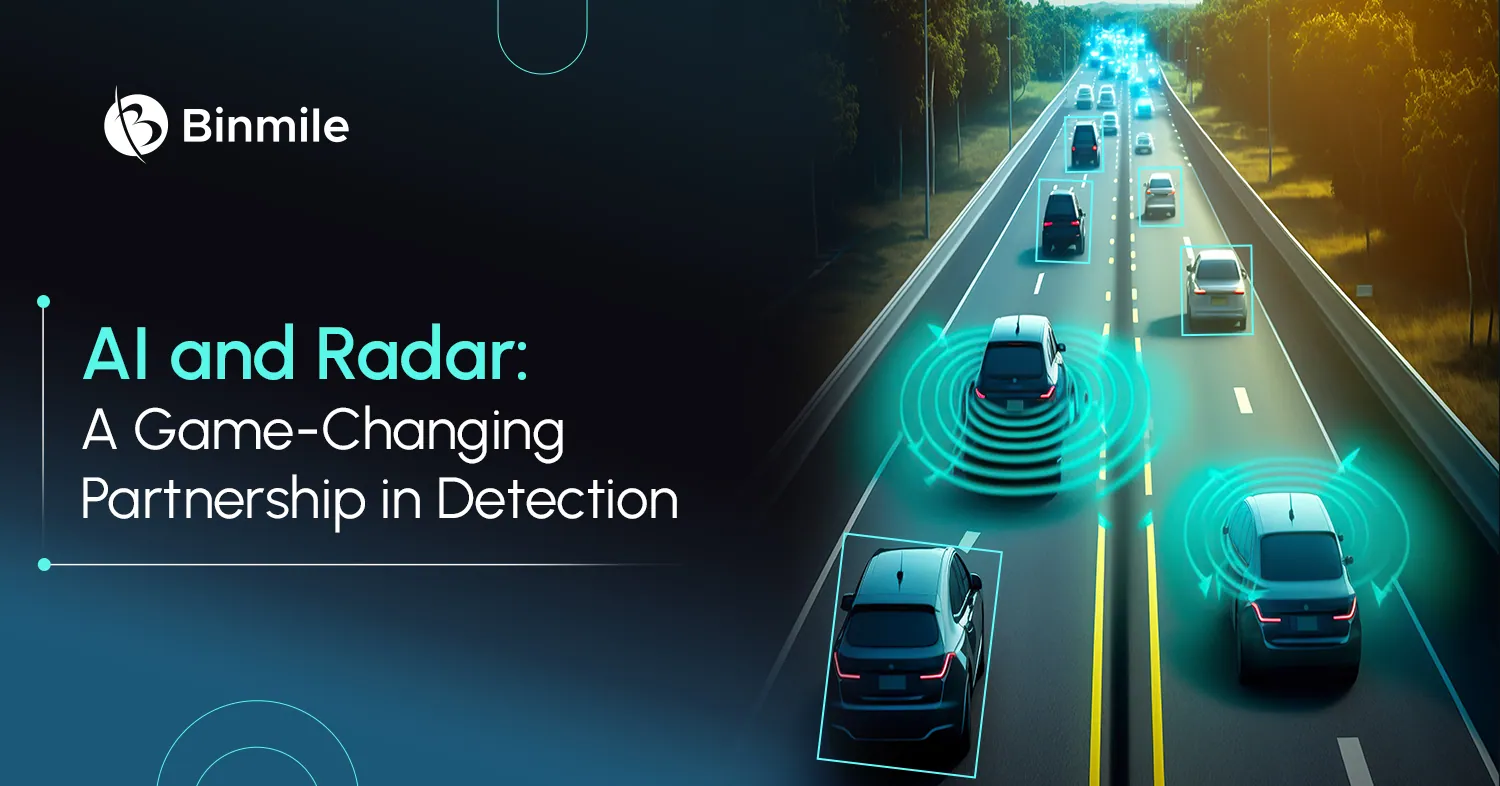The world is moving towards self-driving vehicles. Many companies have invested heavily in this field to make cutting-edge technologies work perfectly to accomplish autonomous driving goals. AI in the automotive industry, alongside radar technology, plays a crucial role in advancing driverless car development.. But do you know that the way the automotive industry is advancing towards autonomous driving, various safety concerns are coming into the picture? Yes, and these safety concerns need to be resolved as soon as possible before full autonomy can be reached through an AI radar detector.
Leading car makers are already taking action to deal with these concerns by integrating advanced safety features into their vehicles, such as:
- Adaptive cruise control
- Lane keep assist
- Automated driving
However, many difficult problems cannot be addressed using only existing sensors and digital radar. It makes sense to leverage a new type of advanced analog beam-steering, high resolution, and AI-enabled Radar Data Analytics to help automakers deploy existing and next-generation automotive features in their products.
The goal is to create a safer future of mobility with 0 fatalities, 0 injuries, and 0 accidents. And accomplishing that goal means making sure that every motor car developed is equipped with cost-effective ADAS capabilities that function smoothly in a wide variety of weather and road conditions.
The good news is that we can take existing radar even further. Yes, by making the most of Radar Fusion with AI/ML, an automotive technology supplier has developed an effective radar-based object-classification system that attains 5X better performance on a large set of radar sensors. Let’s learn about the AI and Radar partnership a bit more:
Role of Sensors in Autonomous Driving
Cameras, ultrasonic sensors, and cognitive radar can help us achieve autonomous driving. These sensors, working with the latest computer vision algorithms are enough to fix basic driving challenges. Clearing the rest of the hurdles will be helpful in ensuring the maximum level of repeatable and dependable safety and gaining community acceptance in the long run.
The analog and digitally enhanced radar platform of a leading automotive radar technology provider offers the ability to deliver highly automated driving and incorporate advanced features, such as:
- Left turn assist
- Automatic emergency braking
- Blind spot monitoring
- Traffic jam pilot
- Adaptive cruise control
- Highway pilot
Most automobile manufacturers are advancing the industry today with their potential to deploy these safety-centric features using an AI radar detector while a human still sits behind the wheel.
Also Read: Innovative Developments in AI
Interpreting the Importance of AI Radar Detector

AI is a significant technology addition to the autonomous driving market. As per a prominent intelligence and market research platform, the automotive AI market will reach $7 billion by the end of 2027. The proprietary AI of a radar sensing and perception technology provider has the potential to identify and classify objects using its AI radar detector. Its radar is powerful enough to capture detailed shapes to classify objects and measure the speed of things it detects.
By observing the motion of objects, the proprietary AI is capable of carrying out highly accurate classification even when the target is too far or too small. To help self-driving cars navigate unpredictable roads properly in all weather conditions at high speeds, long range object classification using an AI radar detector is essential.
Read More: Generative AI vs Predictive AI
Addressing Safety Concerns Using Radar Innovation in the AI Era
There is no denying the fact that fully autonomous driving won’t be accepted globally until people feel safe and secure. And we are not just talking about passengers but other drivers and pedestrians on the road. The industry needs to focus on being innovative and careful at the same time while taking tough plunges to extend operational design for the maximum level of autonomy. As the sensors and algorithms are required to achieve full autonomy, self-driving vehicles will become very common and integrated into society as a new way of life. Till that time, there is a lot to demonstrate, evaluate, and learn with the help of advanced sensors, systems, and AI-driven Target Detection.
Read Further: Generative AI in Telecom Industry
Accurate Classification is Important For ADAS

Classification refers to how self-driving cars tell what an object is and better forecast how it will behave, which is necessary for all levels of ADAS-based decision-making and autonomous driving. Take, for instance, a motorcycle and a bicycle. They have similar dimensions but they operate in a different manner. For a car to react to them appropriately, it must be able to differentiate between them.
Just to let you know, classification has been the field of computing and power-intensive vision-based systems. However, vision-based systems include too much unnecessary information ranging from the color of the object to the words written on it. As per a top-notch AI development company, the extra data in such systems needs to be eliminated to ensure ADAS can draw relevant and useful conclusions only.
On the other hand, Next-generation AI/ML Radar Innovations can help reach those conclusions more directly. What else? Its performance is best in poor weather conditions, like:
- Snow
- Fog
- Rain
And these radar-based systems are not affected by lighting issues, be it direct sunlight or darkness.
Know This: Customer Experience with AI
Making Improvements in Detection Through Data Fusion in Radar Using ML
The advanced ML algorithm of the topmost automotive technology supplier provides a more efficient approach to finding out if an object is another vehicle, a bicycle, or a pedestrian, leading to better conclusions on how those objects are expected to behave. This technology offers a great opportunity to enhance current hardware while making the most of cognitive radar’s established strengths, like its ability to work in cluttered environments, view nearby obstacles, and use low-level radar effects to optimize height estimation.
The good news is that this ML technology has been included in recently launched production cars that will get software updates in 2022 and beyond, allowing all automobiles on the platform to improve their abilities over time.
Learn More: Machine Learning for Fraud Detection in Finance
The Endnote
That’s not all! A series of experiments is still going on in the field of Next-generation AI/ML Radar Innovations just to ensure that OEM customers can better prepare their products for the target market while making the world a safer place for everyone.
In case you need to integrate a high-quality AI radar detector in your preferred products, you can count on a well-established yet reputed AI development firm on the cloud.









